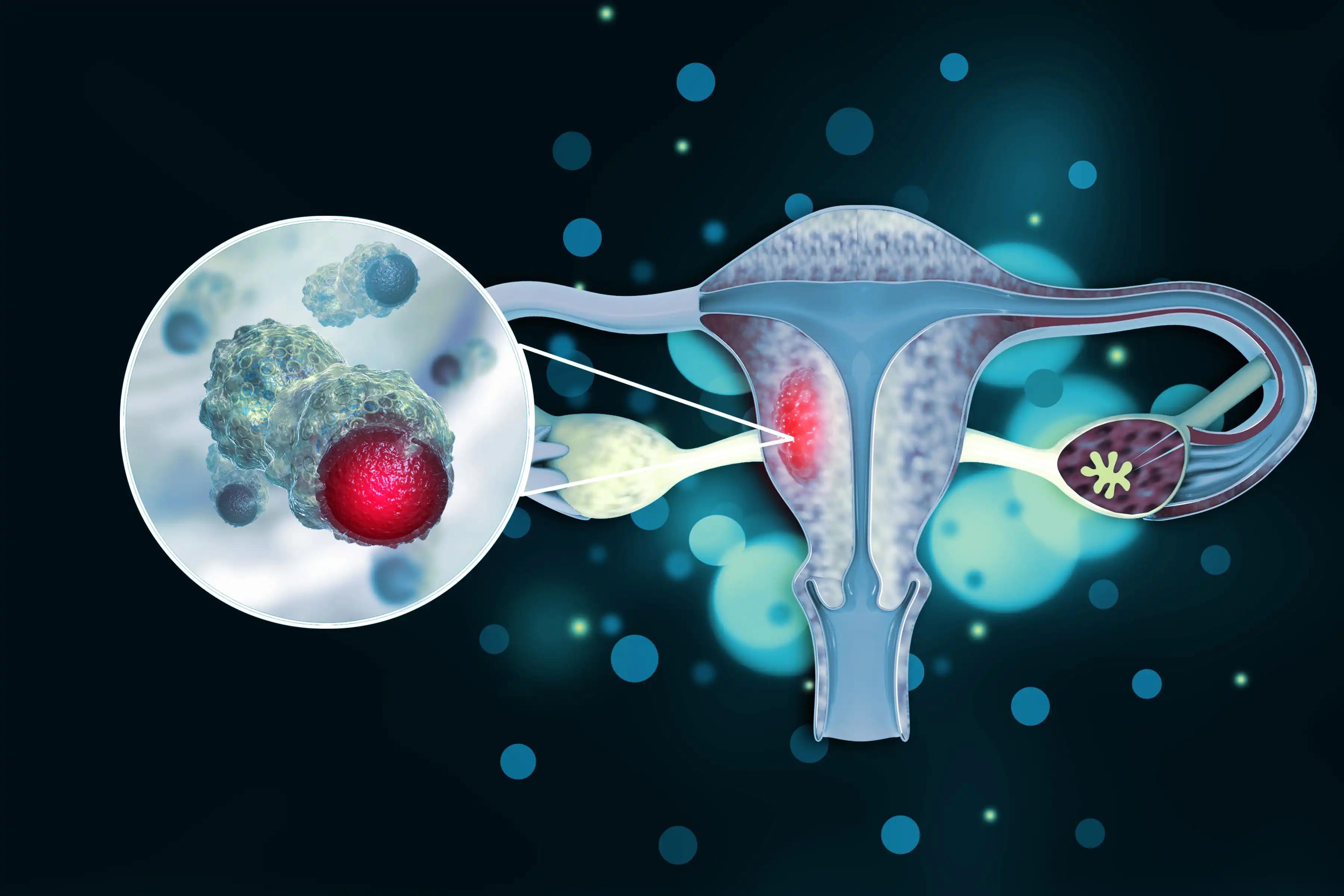KEY TAKEAWAYS
- The phase 3 SIENDO study evaluated selinexor vs placebo as maintenance in advanced/recurrent EC patients.
- The study’s primary endpoint was progression-free survival (PFS).
- The pre-specified subgroup analysis demonstrated durable PFS in TP53wt EC patients using selinexor.
Molecular analysis is critical in guiding therapeutic choices for endometrial cancer (EC) patients (pts). Approximately 75% of fresh EC diagnoses and half of advanced or recurring cases reveal a wild-type TP53 (TP53wt). However, no specific therapeutic agents currently target TP53wt EC. Selinexor, currently under investigation, is an oral XPO1 suppressor. It promotes the retention and active functionality of wild-type tumor inhibitors, notably p53.
The SIENDO study was a phase 3, double-blind trial that weighed the benefits of selinexor against a placebo in managing advanced or recurring EC. The primary endpoint was progression-free survival (PFS). This study delved deeper into the efficacy and safety of selinexor, focusing on a designated group of TP53wt EC pts.
Of the 113 TP53wt EC pts, 77 were given selinexor, and 36 received a placebo. By November 30, 2022, the median duration of monitoring was 20.3 months. Of these, 26.3% on selinexor and 22.9% on placebo remained under treatment. The median PFS was notably higher in the selinexor group (20.8 months) compared to the placebo group (5.2 months), with a hazard ratio, stratified by chemotherapy outcome (CR vs. PR), of 0.46 and a 95% CI between 0.27 and 0.79 (one-sided p-value=0.0020).
The most frequent side effects for selinexor and placebo included nausea (90% vs. 34%), vomiting (61% vs. 11%), and diarrhea (38% vs. 34%). Severe side effects (grade 3 and above) comprised neutropenia (18% vs. 0%), nausea (12% vs. 0%), and thrombocytopenia (9% vs. 0%). 15% on selinexor halted treatment due to these effects, compared to none on the placebo.
Long-term monitoring of a pre-specified subgroup demonstrated that using selinexor as a maintenance drug for TP53wt EC led to durable PFS. This suggested the drug could extend the benefits observed from prior chemotherapy treatments. The findings underscored the significance of TP53 status as a reliable marker for EC prognosis, hinting at selinexor’s potential benefits for these specific pts. Further updates are anticipated. Meanwhile, another phase 3 study assessing selinexor’s role as a maintenance agent for TP53wt EC is in progress (NCT05611931).
Source: https://www.emma.events/site/programme/?sessiondetail=4534549&trackid=0&a=esgo2023#!
Clinical Trial: https://classic.clinicaltrials.gov/ct2/show/NCT03555422
Fidalgo, A.P., Vergote, I., Hamilton, E., Valabrega, G., Gorp, T.V., Sehouli, J., Klat, J., Levy, T., Welch, S., Richardson, D.L., Alía, E.M.G., Scambia, G., Henry, S., Wimberger, P., Miller, D., Martínez, J., Monk, B.J., Kalyanapu, P., Mirza, M.R., Makker, V. Long-Term Follow Up Of Selinexor Maintenance For Patients With TP53wt Advanced Or Recurrent Endometrial Cancer: A Pre-Specified Subgroup Analysis From The Phase 3 ENGOT-EN5/GOG-3055/SIENDO Study.



